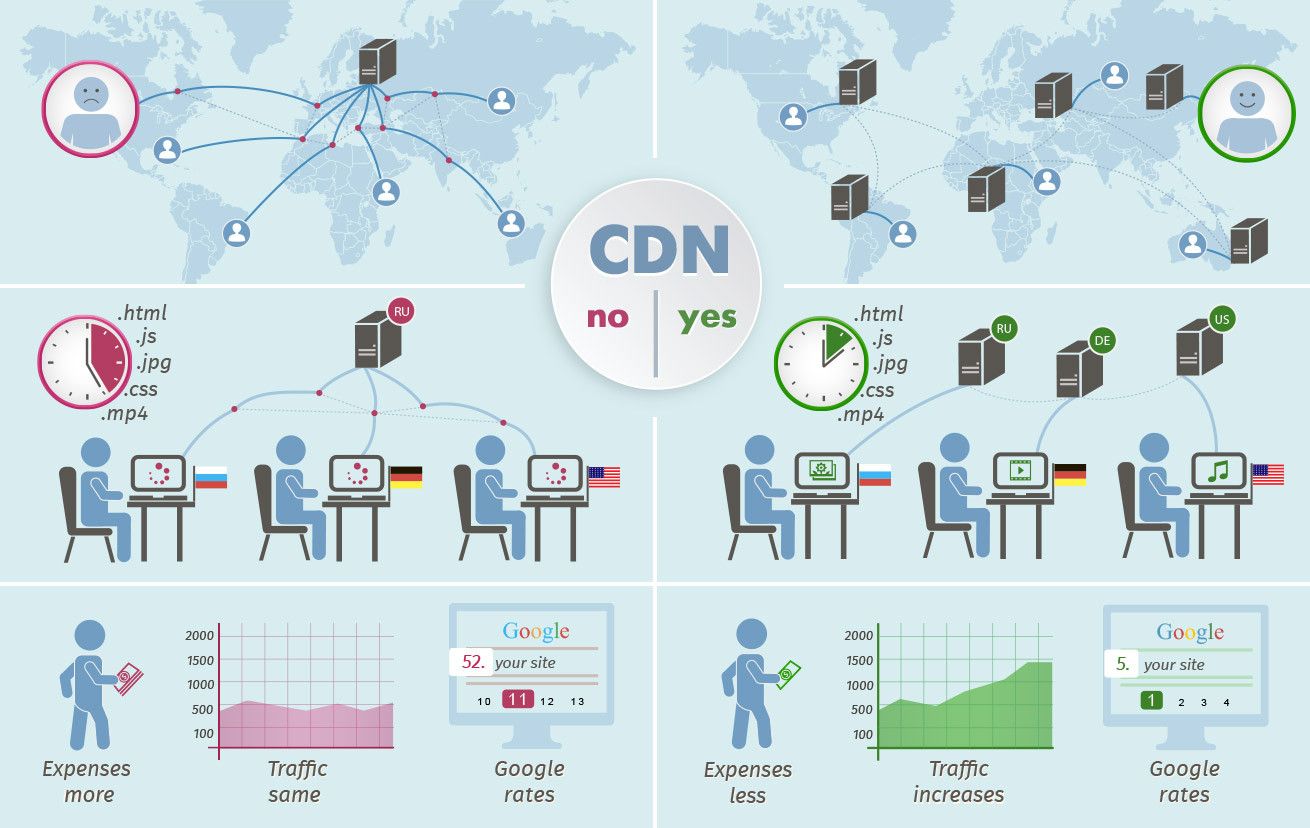Cdns And Their Role In Streamlining Online Content Workflows

Executive Summary

Cdns (Content Delivery Networks) play a crucial role in enhancing the efficiency of online content workflows for websites and businesses. They provide a reliable and optimized infrastructure that ensures fast and seamless delivery of content to end-users, regardless of their location or device. By leveraging Cdns, businesses can improve user experience, increase website performance, and ultimately drive greater engagement and conversions.

Introduction
In today’s digital landscape, where content is king, delivering it efficiently and effectively to your target audience is paramount. Cdns have emerged as a powerful tool for businesses looking to streamline their online content workflows and provide a superior user experience. This article explores the multifaceted role of Cdns in enhancing content delivery and the key benefits they offer.
FAQs
Q: What are Cdns?
A: Cdns are geographically distributed networks of servers designed to deliver content to end-users with optimal speed and reliability. They cache popular content closer to users, reducing latency and improving overall user experience.
Q: Why are Cdns important for online content workflows?
A: Cdns help streamline content workflows by reducing load times, improving website performance, and enhancing scalability. They optimize content delivery by caching frequently accessed data, reducing bandwidth consumption, and providing redundancy in case of server outages.
Q: What types of content can Cdns deliver?
A: Cdns can deliver various types of content, including web pages, images, videos, audio files, and downloadable documents. They are particularly effective for delivering large media files like videos and images, which can significantly impact website performance if not optimized.
Top 5 Subtopics
Website Performance Optimization
Cdns play a crucial role in improving website performance by reducing load times and increasing page speed. They cache static content, such as images, CSS, and JavaScript files, at the edge of the network, closer to users. This eliminates the need to transfer large amounts of data from the origin server, resulting in faster page loading speeds and a better user experience.
- Reduced latency: Cdns reduce latency by placing servers closer to users, minimizing the distance data must travel.
- Improved page speed: By caching frequently accessed content, Cdns significantly improve page load times, enhancing user engagement.
- Increased website responsiveness: Cdns ensure that websites respond quickly to user interactions, providing a smooth and responsive browsing experience.
Content Scalability and Availability
Cdns provide scalability and availability by distributing content across multiple servers in different geographic locations. This ensures that content remains accessible to users even during peak traffic or in case of server outages. By having multiple points of presence, Cdns reduce the risk of content unavailability and downtime, ensuring a reliable user experience.
- Improved content availability: Cdns distribute content across multiple servers, ensuring that it remains accessible even in the event of server failures or high traffic.
- Enhanced scalability: Cdns allow businesses to scale their content delivery infrastructure as needed, supporting growing website traffic and increased demand.
- Global reach and redundancy: Cdns provide global reach and redundancy by placing servers in different locations worldwide, improving content delivery to users regardless of their geographical location.
Enhanced Security and Protection
Cdns offer enhanced security and protection against cyber threats by providing features such as SSL encryption, DDoS mitigation, and malware scanning. They encrypt data传输between the origin server and the end-user, ensuring the privacy and integrity of sensitive content. Cdns also implement security measures to mitigate DDoS attacks, protect against malware, and prevent unauthorized access to data.
- SSL encryption: Cdns provide SSL encryption to protect data传输during content delivery, ensuring the confidentiality of sensitive information.
- DDoS mitigation: Cdns implement measures to mitigate DDoS attacks, protecting websites and content from malicious attempts to disrupt service.
- Malware scanning: Cdns scan content for malware and malicious code, preventing the spread of infections and ensuring the safety of users.
Cost-Effectiveness and Optimization
Cdns can help businesses optimize their content delivery costs by reducing bandwidth consumption and lowering infrastructure expenses. They cache frequently accessed content, reducing the need to retrieve it from the origin server. This results in significant savings on bandwidth costs. Additionally, Cdns provide flexible pricing models that allow businesses to scale their content delivery infrastructure based on their needs.
- Reduced bandwidth consumption: Cdns cache content closer to users, reducing the amount of data that needs to be transferred over long distances, resulting in lower bandwidth costs.
- Flexible pricing models: Cdns offer flexible pricing models, allowing businesses to choose plans that fit their specific needs, optimizing their expenses.
- Improved ROI: By improving website performance, enhancing content availability, and reducing costs, Cdns provide a significant return on investment.
Improved User Experience
Cdns ultimately contribute to an enhanced user experience by providing fast and reliable content delivery. They reduce page load times, improve website responsiveness, and ensure content is available globally. This leads to increased user engagement, lower bounce rates, and higher conversion rates. A positive user experience translates into increased website traffic, customer loyalty, and brand reputation.
- Faster content delivery: Cdns deliver content quickly and efficiently, reducing load times and improving the overall user experience.
- Enhanced website responsiveness: Cdns provide responsive content delivery, ensuring that websites adapt to different devices and screen sizes, providing a seamless experience.
- Increased user engagement: Fast and reliable content delivery leads to increased user engagement, as users are more likely to stay on a website that provides a smooth and enjoyable experience.
Conclusion
Cdns are indispensable tools for modern businesses looking to streamline their online content workflows and deliver a superior user experience. By leveraging the power of Cdns, businesses can optimize website performance, enhance content scalability and availability, improve security and protection, reduce costs, and ultimately drive greater user engagement and conversions. Embracing Cdns as part of your content delivery strategy is a wise investment that will pay dividends in terms of improved website efficiency, increased traffic, and enhanced brand reputation.
Keyword Tags
- Content Delivery Networks (Cdns)
- Content Delivery Optimization
- Website Performance
- Content Scalability
- User Experience
